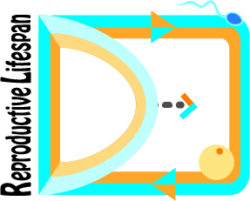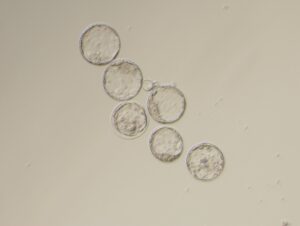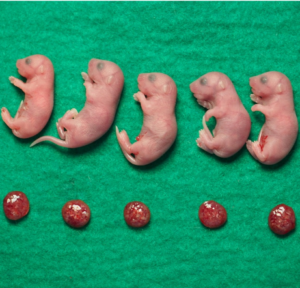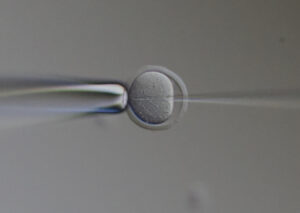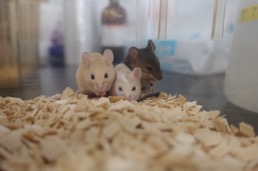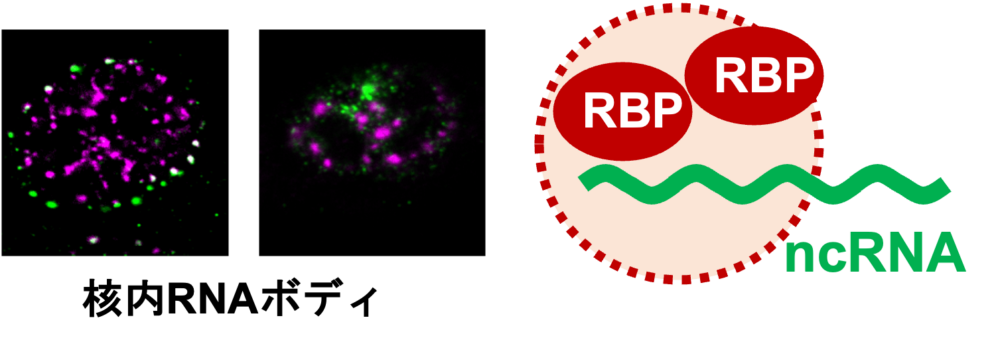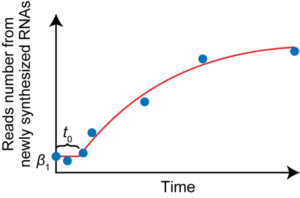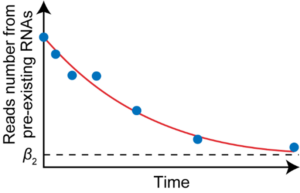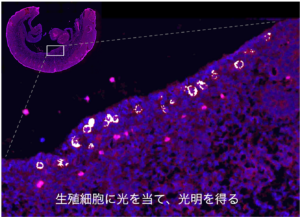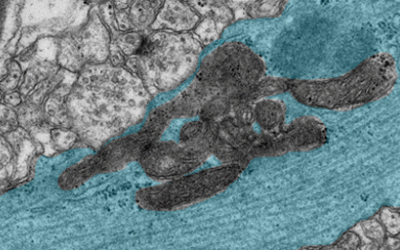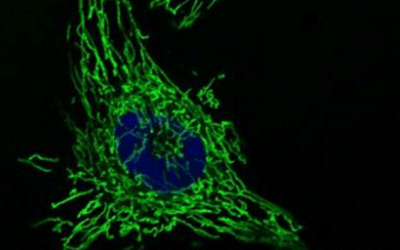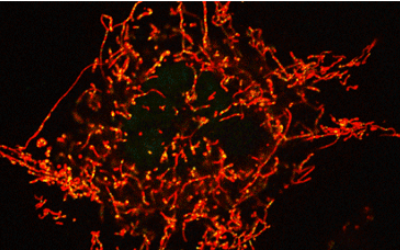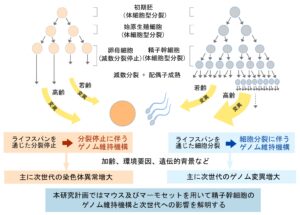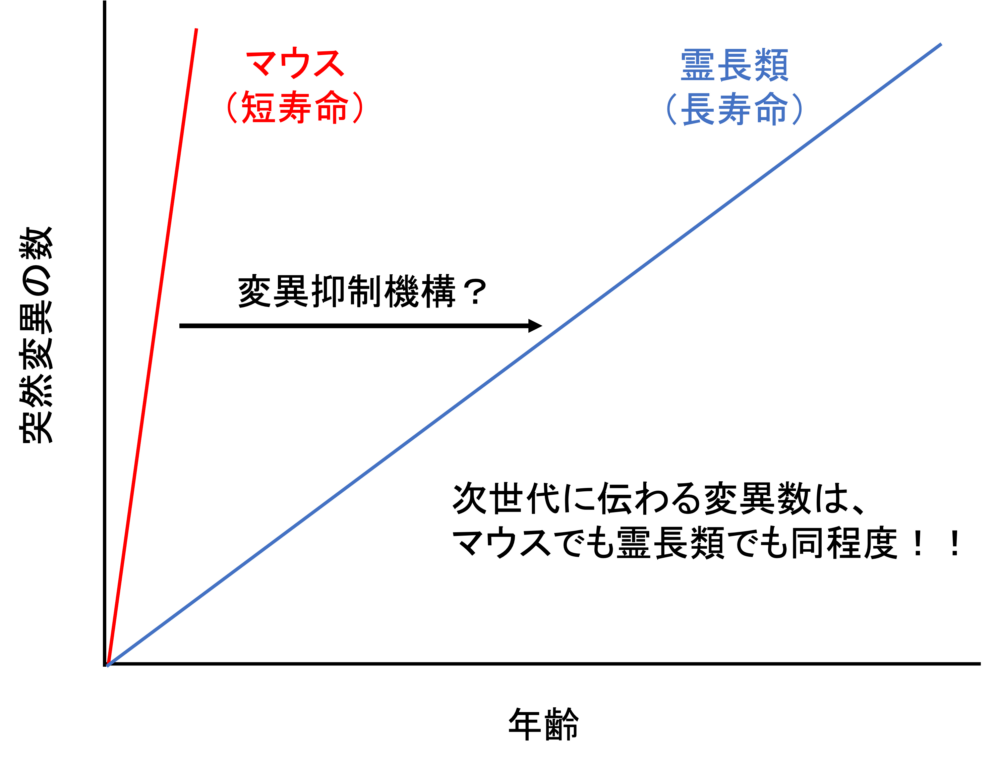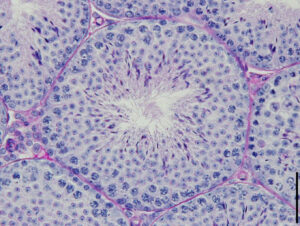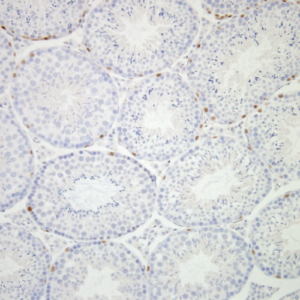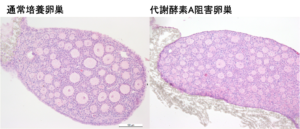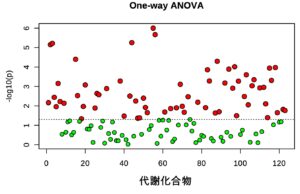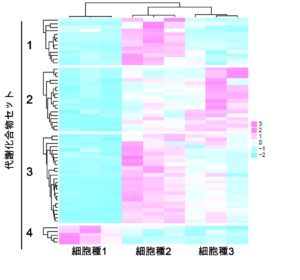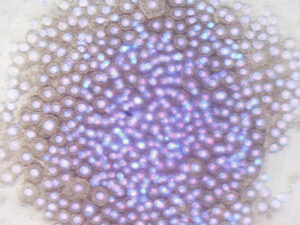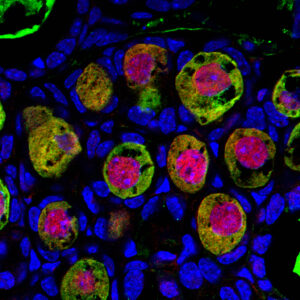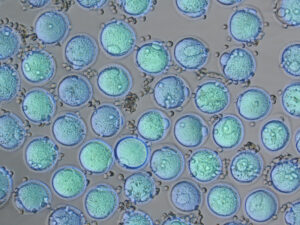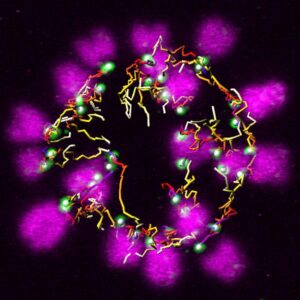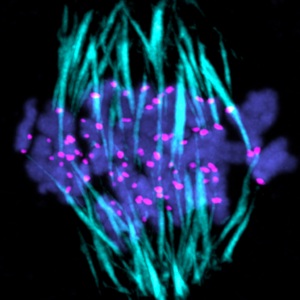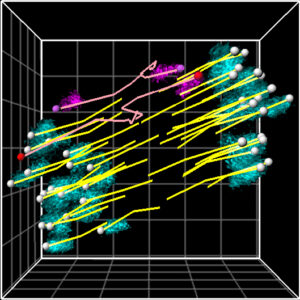Dr.Kato’s paper has been published in Biology of Reproduction.
Yuzuru Kato andYumiko Saga
Antagonism between DDX6 and PI3K-AKT signaling is an oocyte-intrinsic mechanism controlling primordial follicle growth
Biology of Reproduction, 2023, 1–10
Oocyte maturation and subsequent ovulation during the reproductive lifespan ensure long-term reproduction in mammalian females. This is achieved by tight regulation for the maintenance and growth of primordial follicles. However, the underlying mechanisms remain unsolved. We herein report that posttranscriptional gene regulation mediated by an RNA helicase, DEAD-box helicase 6 (DDX6), and phosphoinositide-3-kinase (PI3K)-AKT signaling exhibits an antagonistic interaction in mouse primordial follicles. DDX6 forms P-body-like cytoplasmic foci in oocytes, which colocalize to a P-body component,DCP1A. Interestingly, the P-body-like granules predominantly assemble in primordial follicles, but disperse once follicle growth is initiated, suggesting that they play a role in the maintenance of primordial follicles. Oocyte-specific knockout of Ddx6 using Gdf9-iCre revealed that Ddx6-deficient oocytes are defective in foci assembly and are abnormally enlarged, resulting in premature depletion of primordial follicles. These results indicate that DDX6 is required to maintain primordial follicles. The abnormal oocyte enlargement is because of enhanced PI3K-AKT signaling, a pivotal signaling pathway in the growth of primordial follicles. Conversely, the forced activation of PI3K-AKT signaling by knocking out Pten disassembles P-body-like granules in primordial follicles. These data suggest that DDX6 and PI3K-AKT signaling mutually antagonize the assembly of P-body-like granules and the growth of primordial follicles. We propose this mutual antagonism as an oocyte-intrinsic mechanism controlling the maintenance and growth of primordial follicles, ensuring the longevity of female reproduction.
